Growth in the Automotive Sector
The Graft Polyol Market is poised to benefit from the expansion of the automotive sector. With the automotive industry increasingly incorporating lightweight materials to enhance fuel efficiency, graft polyols are gaining traction as a viable solution. The demand for polyurethane foams, which utilize graft polyols, is expected to rise significantly, particularly in the production of seats and insulation materials. In 2025, the automotive segment is anticipated to account for over 30% of the total graft polyol consumption. This growth is indicative of the automotive sector's commitment to innovation and efficiency, thereby driving the Graft Polyol Market forward. As manufacturers seek to optimize performance while adhering to stringent regulations, the integration of graft polyols is likely to become more pronounced.
Increasing Applications in Construction
The Graft Polyol Market is witnessing a surge in applications within the construction sector. As the demand for energy-efficient buildings escalates, the use of polyurethane insulation materials, which incorporate graft polyols, is becoming increasingly common. The construction industry is projected to grow at a rate of 5% annually, with a significant portion of this growth attributed to the rising need for sustainable building materials. Graft polyols are favored for their superior thermal insulation properties, which contribute to energy savings in residential and commercial buildings. This trend is expected to enhance the Graft Polyol Market, as construction companies prioritize materials that not only meet performance standards but also align with sustainability goals.
Rising Demand for Eco-Friendly Products
The Graft Polyol Market is experiencing a notable increase in demand for eco-friendly products. This trend is largely driven by heightened consumer awareness regarding environmental sustainability. As industries seek to reduce their carbon footprints, the adoption of bio-based polyols is becoming more prevalent. In 2025, the market for bio-based polyols is projected to reach approximately USD 1.5 billion, indicating a robust growth trajectory. Manufacturers are increasingly focusing on developing graft polyols derived from renewable resources, which not only meet regulatory standards but also appeal to environmentally conscious consumers. This shift towards sustainable materials is likely to bolster the Graft Polyol Market, as companies strive to align their product offerings with consumer preferences for greener alternatives.
Technological Innovations in Production
The Graft Polyol Market is being propelled by technological innovations in production processes. Advances in polymer chemistry and manufacturing techniques are enabling the development of high-performance graft polyols with enhanced properties. These innovations are likely to lead to the creation of new formulations that cater to diverse applications, ranging from automotive to consumer goods. In 2025, it is estimated that the market for advanced graft polyols will grow by approximately 8%, driven by these technological advancements. As manufacturers invest in research and development, the Graft Polyol Market is expected to evolve, offering products that meet the increasing demands for efficiency and performance.
Regulatory Support for Sustainable Practices
The Graft Polyol Market is benefiting from regulatory support aimed at promoting sustainable practices. Governments are implementing policies that encourage the use of renewable materials and the reduction of harmful emissions. This regulatory landscape is fostering an environment conducive to the growth of graft polyols, particularly those derived from bio-based sources. In 2025, it is anticipated that regulatory incentives will lead to a 10% increase in the adoption of sustainable polyols across various industries. As companies strive to comply with these regulations, the Graft Polyol Market is likely to see a marked increase in demand for eco-friendly alternatives, further solidifying its position in the market.


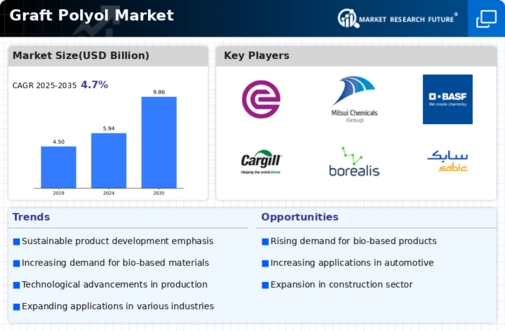
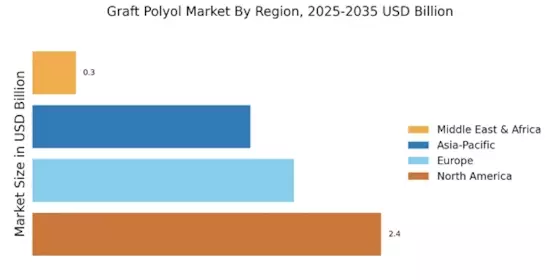

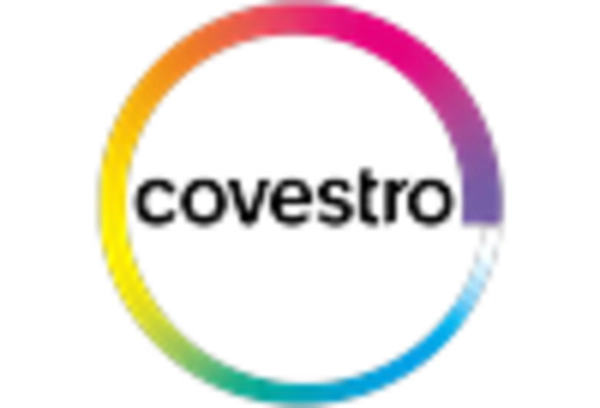

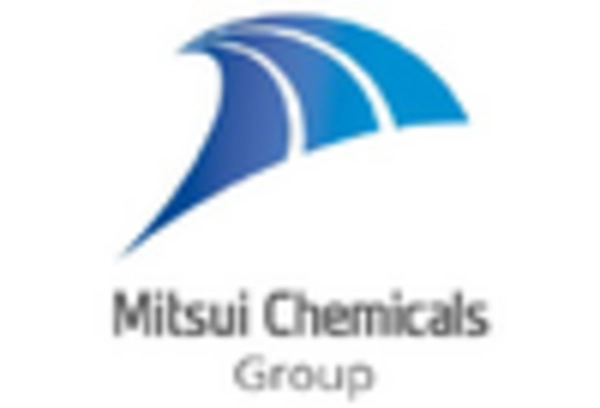
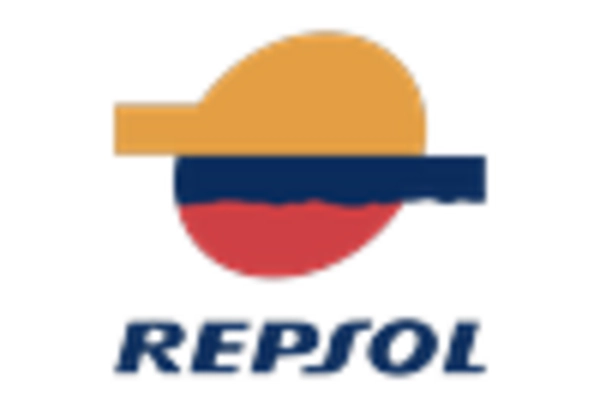









Leave a Comment